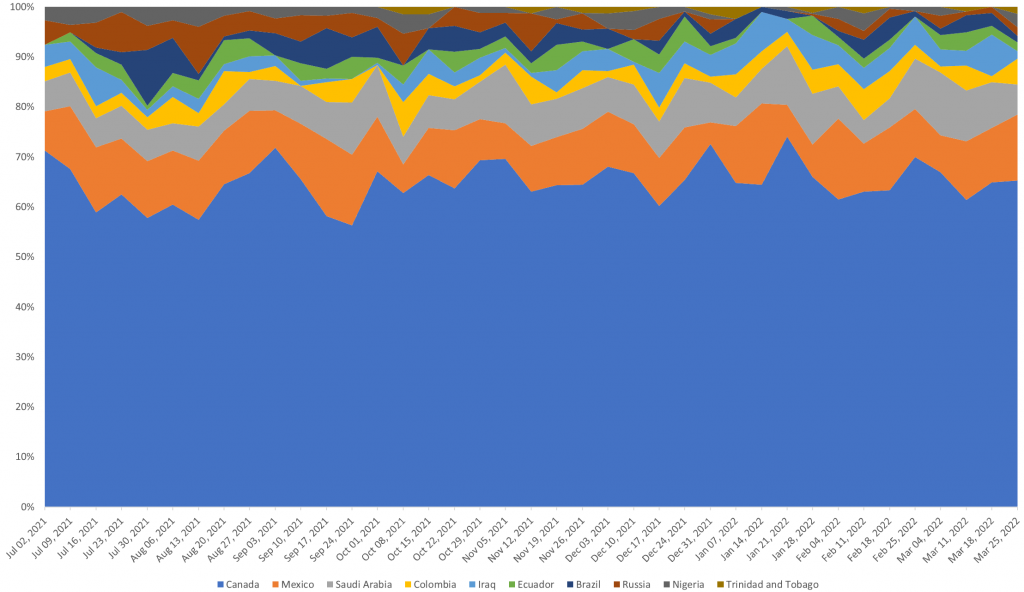「漫谈咲良田」上半部分完结

从动画『サクラダリセット』(重启咲良田)的几段对白展开的哲学音频节目。
* 「咲」读如「笑」。
作者·主播:唐逍 (tangsyau@gmail.com)
Cover Art: Gracile
订阅地址
RSS Feed https://tangsyau.com/feed/podcast
第一章 从抽象的善恶到具体的人性
1.1 思考的目的是改变未来
1.2 共情不是帮助他人的唯一动力
1.3 比善恶更具体的道德特质(一)
1.4 比善恶更具体的道德特质(二)
1.5 比善恶更具体的道德特质(三)
第二章 个体感受是道德判断的最终依据
2.1 感到快乐比满足愿望更重要吗?
2.2 有感受不到的利益和价值吗?
2.3 虚拟体验不能替代真实世界吗?
2.4 享受当下比着眼未来更重要吗?
第三章 道德不是无私奉献而是公平公正
3.1 立场转换后的约束与解脱
3.2 换位思考的关键是关心他人的痛苦
3.3 分配公平(一)不同个体的利益交换
3.4 分配公平(二)集体义务的公正份额
3.7 公正的道德义务和被允许的偏爱
上半部分已完结,下半部分预计一两年后开始更新



